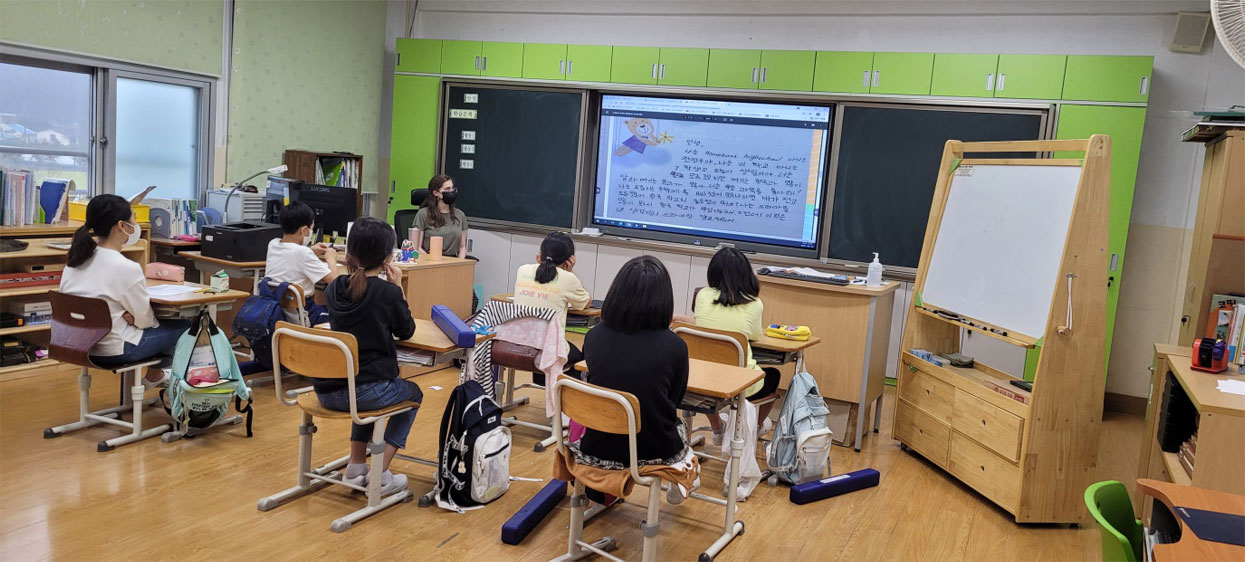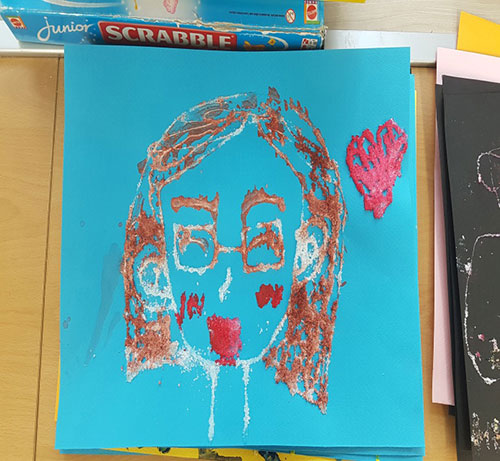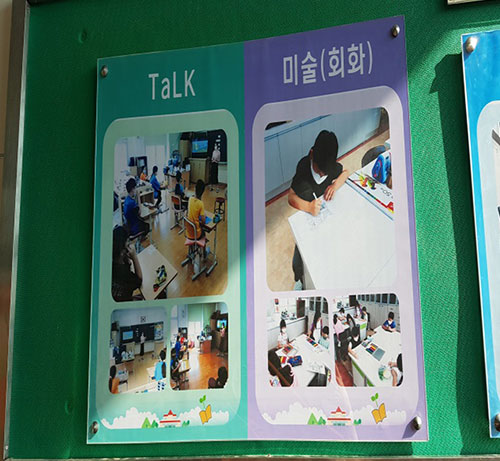-
Learning through Stories
Jacqueline Joy Hammond
 As a surprise to nobody, kids love to
have fun. They love to play and
socialise, run around and explore the
world they live in, whether that’s
through physical interactions, or
through digital means. Stories are an
excellent form of both entertainment
and education. Through stories we
pass on knowledge, lessons and
encourage positive emotional
experiences.
As a surprise to nobody, kids love to
have fun. They love to play and
socialise, run around and explore the
world they live in, whether that’s
through physical interactions, or
through digital means. Stories are an
excellent form of both entertainment
and education. Through stories we
pass on knowledge, lessons and
encourage positive emotional
experiences.
Over the course of 2.5 years, I discovered that engaging, story-based projects tended to reinvigorate the students' interest in English. With the purpose of improving basic comprehension and communication, I used these four meaningful, communicative, story-based projects.
For the first project, in teams, the students were tasked with creating a “Choose Your Own Adventure” book with 8 possible endings. As a class, we all agreed on the shared theme, which they voted “Survival”, and each week they worked on creating 1 story pathway. Their time was spent doing a mix of independent work, where they worked in their teams, as well as supported work, where I, the native English teacher, or the Korean co-teacher would directly assist each team with specific grammar or unknown words. The students also enjoyed physically binding their own books towards the end. When doing a satisfaction survey among the students in the follow-up lessons they all responded with an increased enthusiasm for English in general.

The second project is an ongoing PenPal Program that will continue after I move on. Reaching out to a Korean-English school in my hometown in Australia, I managed to establish a long-term language and cultural exchange between our two schools. The students in Korea send letters in English talking about their daily lives and ask questions to the Australian students. The Australian students do the same but in Korean. Seeing these letters written by non-native Korean speakers has given the students in Korea a small confidence boost in their English abilities as well as a sense of camaraderie with their peers.
The third project was inspired by the PenPal Program. As a class, we decided to send a care package of Korean snacks to Australia. In this package we also sent some handwritten letters as well as a Korean and Australian Cultural Dictionary. This Dictionary was a project that took nearly a full term to create. Inside the Dictionary, with pictures drawn by students and handwritten in English, there was a guide to Australian and Korean food, music, slang, clothing, games and famous locations. The students were able to learn more about Australian culture as well as learn how to introduce their own.
The fourth and final project was using a simplified mashup of DnD and “Choose Your Own Adventure” Stories to create an interactive story that the students could experience. Using a child-friendly DnD story that was found online, I adapted the language to their level and created supporting visuals through a PPT. The students, after creating their characters, would listen as I read the story aloud. At certain times they could interact with and influence what happens in the story. They have expressed immense interest in these story lessons and actively discuss what could happen in the story in their free time.
These projects have been highly successful in my school and I have personally witnessed the positive shift in the student’s general attitude towards English since I came here. The Homeroom teachers have all reported an improved attitude towards learning English and the students have increasingly chosen English classes over other after-school activities.
English Program in Korea(EPIK),Teach and Learn in Korea(TaLK)
National Institute for International Education Ministry of Education, Republic of Korea
191 Jeongjail-ro, Bundang-gu, Seongnam-si, Gyeonggi-do, 13557 Korea Tel : +82-2-3668-1400 Fax: +82-2-764-1328
National Institute for International Education Ministry of Education, Republic of Korea
191 Jeongjail-ro, Bundang-gu, Seongnam-si, Gyeonggi-do, 13557 Korea Tel : +82-2-3668-1400 Fax: +82-2-764-1328




